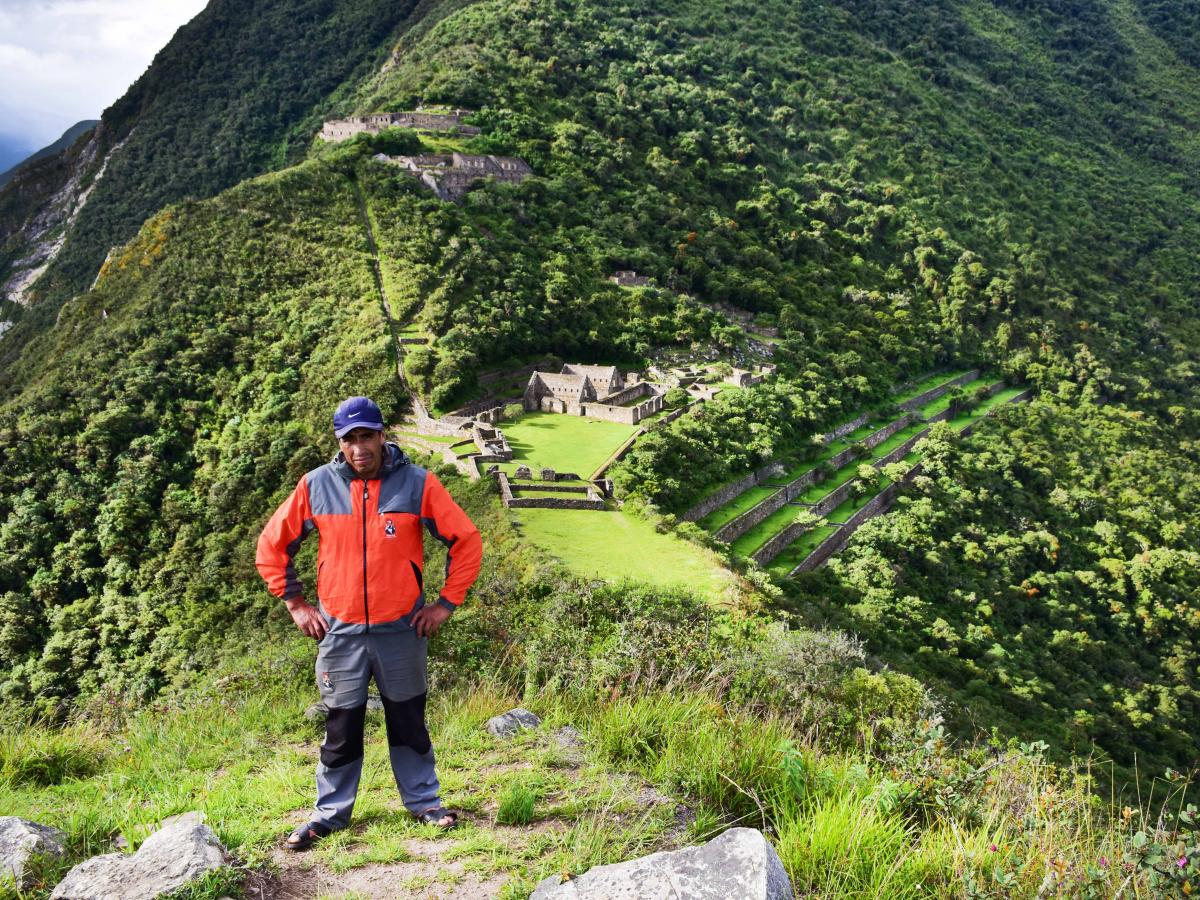# Less plastic and more life is the measure that goes into effect from December 18, tourists will not be able to carry plastic bags, straw bags and technopor containers to protected sites, Sernanp said.
The natural protected areas are around 76, such as the Historic Sanctuary of Machu Picchu, the Huascarán National Park, among other protected sites that conserve Peruvian biodiversity.
This measure responds to the provisions of Supreme Decree No. 13-2018 of the Ministry of the Environment, which was approved on November 5, and which goes into effect since December 18 of 2018. The standard provides for the reduction of single-use plastic and promotes the responsible consumption of plastic in State entities.
This measure, says Sernanp, seeks to guarantee the conservation of ecosystems and biodiversity that turn protected areas into unique and special spaces of great natural wealth.
"Visitors are recommended to use environmentally friendly alternatives such as canteens and tomatoed to avoid the use of plastic bottles. Likewise, it is urged to use cloth bags or other reusable material instead of disposable plastic bags, "said a statement issued by Sernanp.
The natural protected areas are around 76, such as the Historic Sanctuary of Machu Picchu, the Huascarán National Park, among other protected sites that conserve Peruvian biodiversity.
This measure responds to the provisions of Supreme Decree No. 13-2018 of the Ministry of the Environment, which was approved on November 5, and which goes into effect since December 18 of 2018. The standard provides for the reduction of single-use plastic and promotes the responsible consumption of plastic in State entities.
This measure, says Sernanp, seeks to guarantee the conservation of ecosystems and biodiversity that turn protected areas into unique and special spaces of great natural wealth.
"Visitors are recommended to use environmentally friendly alternatives such as canteens and tomatoed to avoid the use of plastic bottles. Likewise, it is urged to use cloth bags or other reusable material instead of disposable plastic bags, "said a statement issued by Sernanp.
What plastics are prohibited?
Among the prohibited plastics are:- Bottles
- Bags Sorbets or light bulbs
- Feather or technopor containers for drinks and food for human
Recommendations:
- Use canteens to transport water, in order to avoid the use of plastic containers that, if discarded in a natural area, can cause long-term damage.
- However, keep in mind that no one can be forbidden to carry a bottle of water in their purse. Use cloth bags to carry things instead of plastic bags.




























